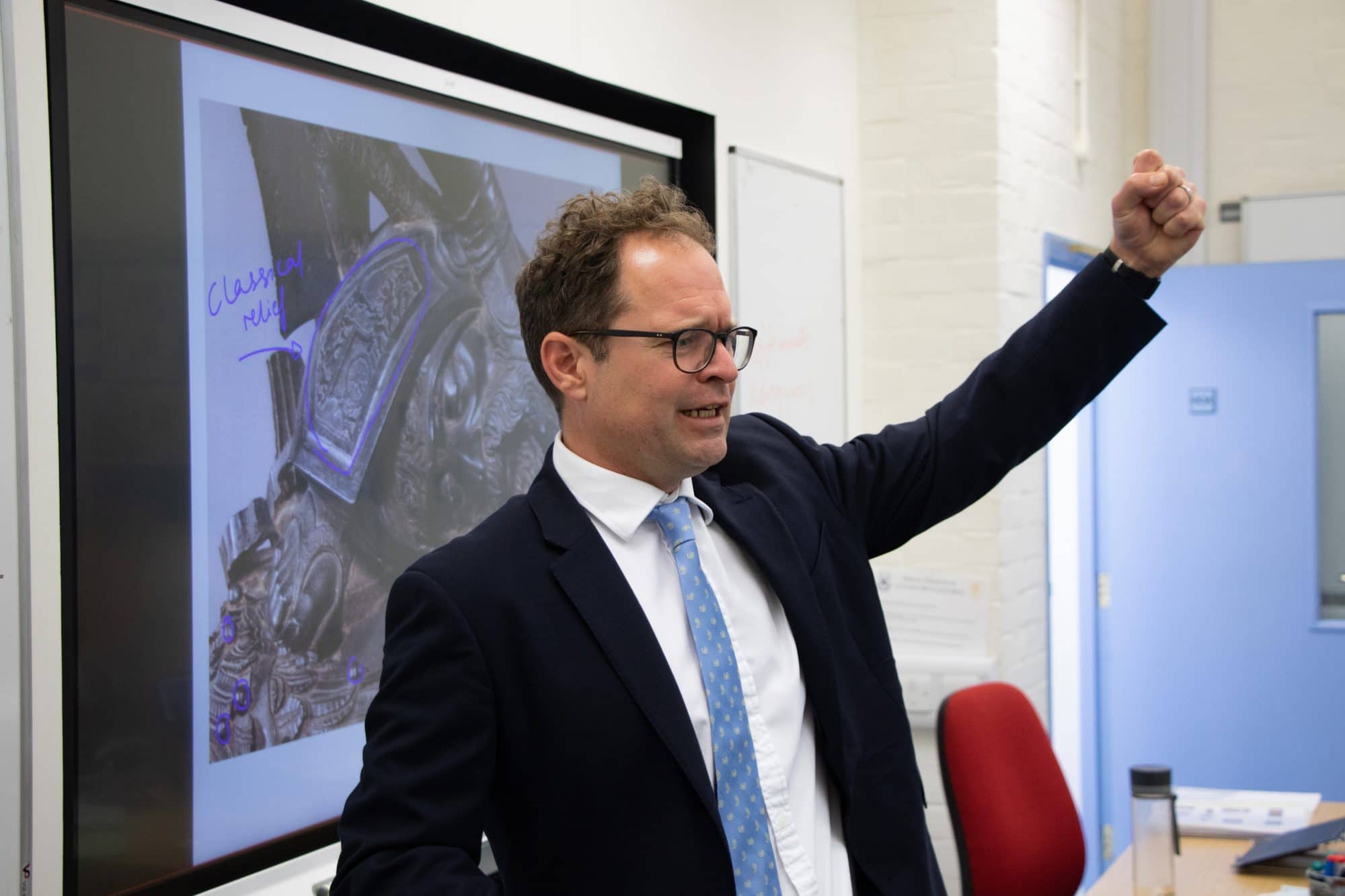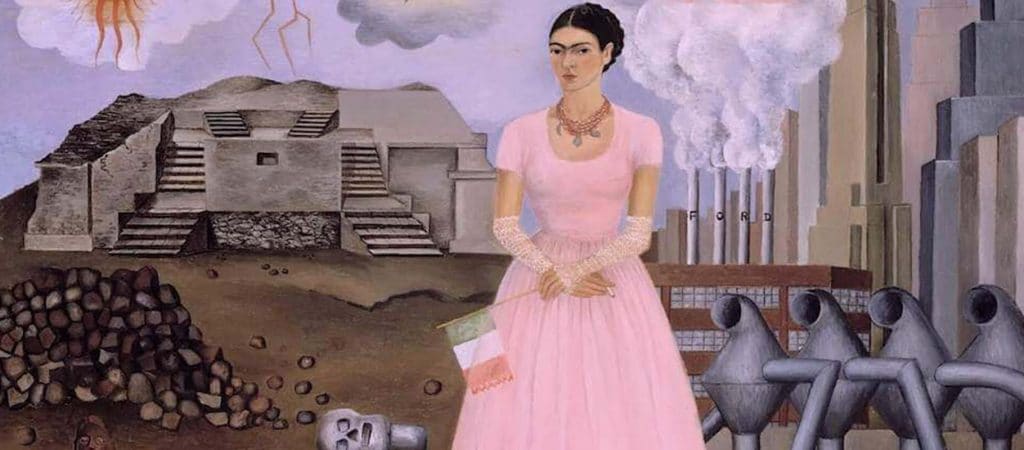So what is History of Art? It’s about discovery and intuition. It’s about debate; deciding whether to accept an interpretation or question it. Despite the historic nature of its content, History of Art touches on so many contemporary issues. Fundamentally it is the study of human societies. Perhaps the course should be called Civilizations, the name given to the latest BBC series on Art History, because it has a truly global view and is a record of human history, but that still doesn’t quite do it justice.
A more accurate title might be Visual Communication: a way of seeing the world and our place in it.
HISTORY OF ART HAS MADE ME SEE THE WORLD DIFFERENTLY.
IB Pupil
A poet or a novelist uses the written word to communicate and we are not surprised when they use language to say something incredibly profound. Yet most of us do not consider that an artist is doing the same thing. There is a perception that art is purely about aesthetics and enjoyment, but it too is a method of communication, one which has equally insightful things to say about humanity’s concepts.
Obviously, aesthetics is a part of it. At face value you can look at a painting and think ‘isn’t that beautiful’; equally someone else might think it is shockingly ugly. One can appreciate the work as an historical artifact and enjoy learning about past events and history through it. However, hidden beneath all the layers of paint is a visual language. Just like the poet, the artist is saying something profound about their own or a society’s experience. When you study History of Art, just as one would learn a foreign language, pupils learn how to read visually.
We teach pupils the syntax of visual language; about composition, form, colour, light, style and materials of paintings, sculptures or buildings encouraging them to discuss what they think the artist is trying to make them see. There is an element of detective work, considering why the artist has placed the protagonist in the middle or to one side, why they have included a particular object within their work or why they have chosen particular colours, scale or materials. Pupils explore what motivates an artist to paint or sculpt, or an architect to design and the techniques used. Artists and architects have always expressed their attitude, and the attitudes of those around them, to the society in which they live.
The curriculum has evolved in recent years from its previous focus on Western art to a world perspective. It has blown traditional European History of Art apart, and so much for the better.






